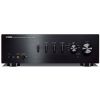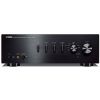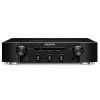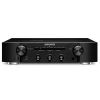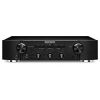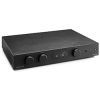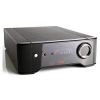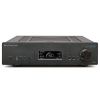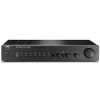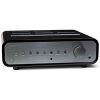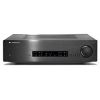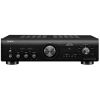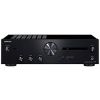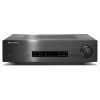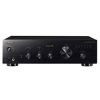| Overall | Amplifier | Audio features | Control | Extensive connection | |||
|---|---|---|---|---|---|---|---|
| Yamaha A-S801 | 9.5 | 10 | 9 | 10 | 9 | See price | 25 |
| Yamaha R-N602 | 9.5 | 9 | 8 | 10 | 9 | See price | 30 |
| Yamaha A-S501 | 8.7 | 9 | 7 | 10 | 9 | See price | 23 |
| Marantz PM6007 | 8.5 | 8 | 7 | 10 | 9 | See price | 35 |
| Marantz PM6006 | 7.7 | 7 | 7 | 10 | 7 | See price | 20 |
| NAD C338 | 7 | 8 | 6 | 3 | 7 | See price | 34 |
| Audiolab 6000A | 6.7 | 10 | 6 | 3 | 8 | See price | 31 |
| NAD D 3020 V2 | 6 | 8 | 4 | 3 | 8 | See price | 19 |
| Marantz HD-AMP1 | 6 | 7 | 6 | 3 | 8 | See price | 12 |
| Marantz PM5005 | 6 | 7 | 3 | 10 | 4 | See price | 11 |
In the modern market of audio equipment, music centers, CD players, speakers, radio tuners, digital-to-analog converters, and many other devices working with sound are offered. Each of them is designed to perform a local function - a special mission is assigned to integrated amplifiers. They not only increase the power of frequencies and make the sound louder but also bring the entire depth of melodies to the listener as much as possible.
Having studied the rating and armed with information, a music lover or an ordinary music lover will be able to purchase the best integrated amplifier under 1000. These devices are of the middle (closer to low) price range, and here there is the optimal combination of price/quality.
Integrated amplifier under 1000 reviews
Yamaha A-S801
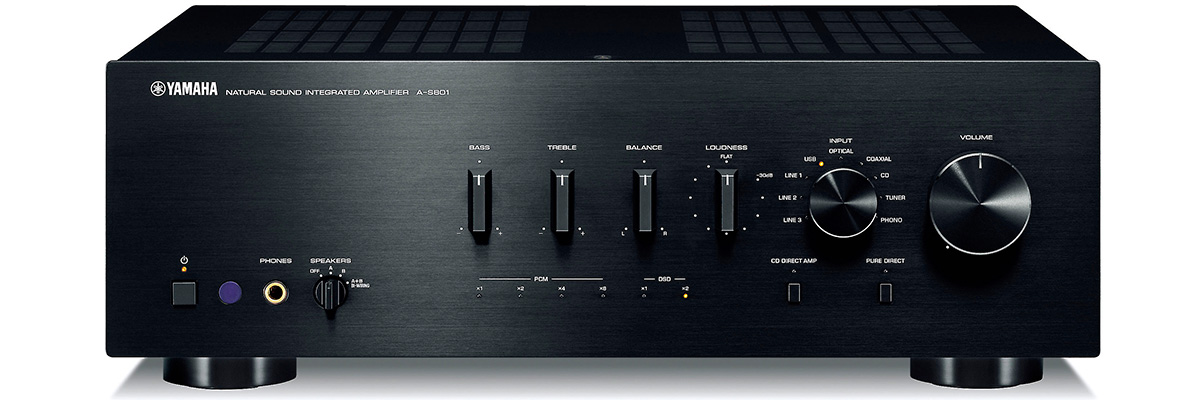
This unit boasts 100W at 8 Ohms. High-strength chassis increases the density and clarity of reproduced sound. To effectively damp vibrations that adversely affect sound quality, the A-S801 amplifier chassis has a double bottom with a 1 mm thick steel sheet.
In addition, the power transformer and radiators in the power amplifier section are supported by the extremely strong and stable ART (Anti-Resonance and Tough) Base. A massive central jumper further increases structural rigidity and vibration damping. These design enhancements enhance the signal-to-noise ratio and produce a natural and rich sound.
Total Purity Audio Reproduction Technology ToP-ART circuit diagram and ART Base support provide optimum sound. When the processing and transmission of the audio signal are simple and straightforward, the likelihood of negative effects on the signal from noise and distortion is reduced.
Yamaha’s amplifier design technology implies a symmetrical design with a direct signal input from output to output, where the left and right channels are arranged in a direct symmetrical pattern for the highest possible signal purity. High-quality components to improve the sound Power transformer and block capacitors in special versions, relays of two direct signal paths to speaker outputs, a single-point grounding system, aluminum radiators stamped with hood, and other high-quality components ensure compliance with strict audio requirements without unnecessary energy costs. In essence, the quality of each individual component and the nature of its interaction with the others form the sound quality as a whole.
One of the best integrated amps under 1000 has smooth loudness control. The A-S801 also has a new analog loudness control on the front panel: the electronic circuitry used in it allows you to customize the loudness effect to improve sound quality. This control, regardless of the general volume control, sets the balance of low and high frequencies, providing a full tonal range and thereby compensating for the natural loss of auditory perception of some part of a particular timbre component at low volume. The USB DAC function supports native resolution of 2.8 MHz / 5.6 MHz in DSD format and 384 kHz / 32-bit resolution in PCM format. Built-in USB DAC enables direct PC connection and playback of today's popular high-definition audio sources. 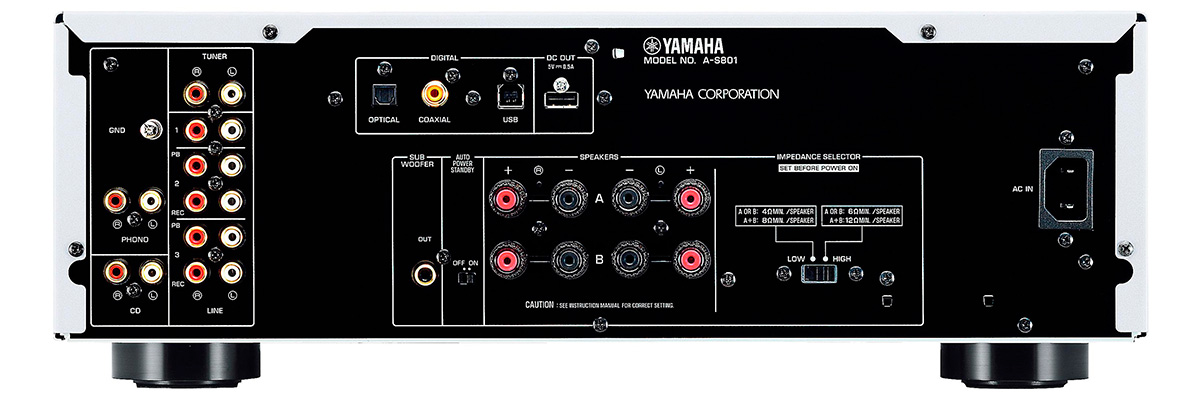
The integrated USB device management integrated circuit developed by Yamaha specialists has its own master oscillator, which eliminates the jitter of the front of the signal transmitted from the PC to increase its resolution. Yamaha Steinberg ASIO2.3 USB driver reduces signal delay and increases throughput.
Since the built-in DAC generates its own synchronization signal, a jitter elimination function is also provided, which allows digital-to-analog conversion with extremely low clock jitter. Moreover, the microcircuit contains a 2-channel DAC operating on the principle of a double differential. The result is an extremely high efficiency, and a high-quality signal with an excellent signal-to-noise ratio is output. Digital Audio Inputs for TV and Blu-ray Disc Player The amplifier is equipped with optical and coaxial digital audio inputs. The optical jack is for receiving audio from a TV, and the coaxial is for a Blu-ray disc player. The signal remains in the digital domain, and this provides clear, pristine, dynamic sound from any source: from sports and other programs to movies and concerts.
Key specs
- Power output (RMS), W/Ohm: 200/8, 240/6
- Line level inputs (pair): 8
- Phono (MM) input: yes
- Subwoofer output: yes
- Official website
- Full specs
Pros
- Versatility in terms of reproducible material
- Sufficient power headroom for mid-range acoustics
Cons
- It is not visible in what position the volume knob (when controlled from the remote control, it rotates)
Marantz PM6006
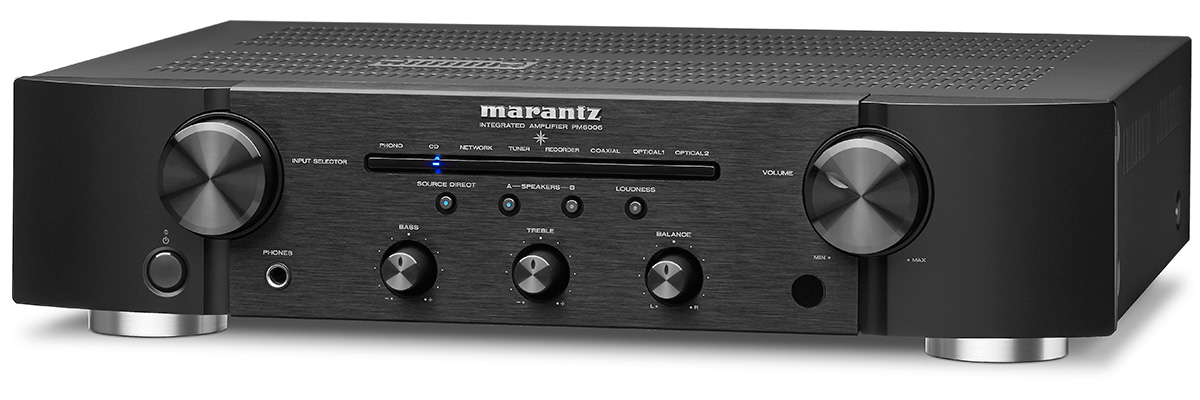
The Marantz PM6006 amplifier is an updated version of the PM6005 model, which received high awards from specialized publications. The preliminary and final stages of this unit are assembled on discrete elements, and there are no microcircuits on the signal path.
At first glance, it seems that the modifications of the PM6006 are small compared to the five-star PM6005: a second optical input, new “highly efficient” legs to reduce vibration, and updating internal components, including the power supply.
The Marantz PM6006 circuit integrates HDAM SA2 and HDAM SA3 discrete amplifier modules. The changes affected the output section, which now provides higher peak currents. As a result, the sound became more accurate, detailed, and dynamic. The amplifier is equipped with selected components. The large toroidal transformer of the power supply has a low impedance and is placed in a shielding casing. The PSU also has high-current capacitors and ultra-fast Schottky diodes. The model uses current feedback, with which it is possible to minimize distortion, expand the frequency range, obtain excellent transient characteristics and, in combination with a powerful PSU, ensure reliable operation even with capricious speakers in terms of impedance. The power of the pretender to be among the best stereo integrated amplifiers under 1000 is 40W per channel at 8 ohms.
Thanks to the built-in converter CS4398 (24 bit / 192 kHz), the amplifier can be used as an external DAC. To do this, there is a coaxial input and a pair of optical inputs on its rear panel (the PM6005 model was equipped with only one optical connector), and the entire printed circuit board of the digital circuit is in a metal case-screen and does not adversely affect analog circuits. There is a set of linear RCA inputs, MM phono stage connectors, a recording output, and D-Bus system bus switching. To connect to the speakers, four pairs of gold-plated screw terminals are used, which is convenient. 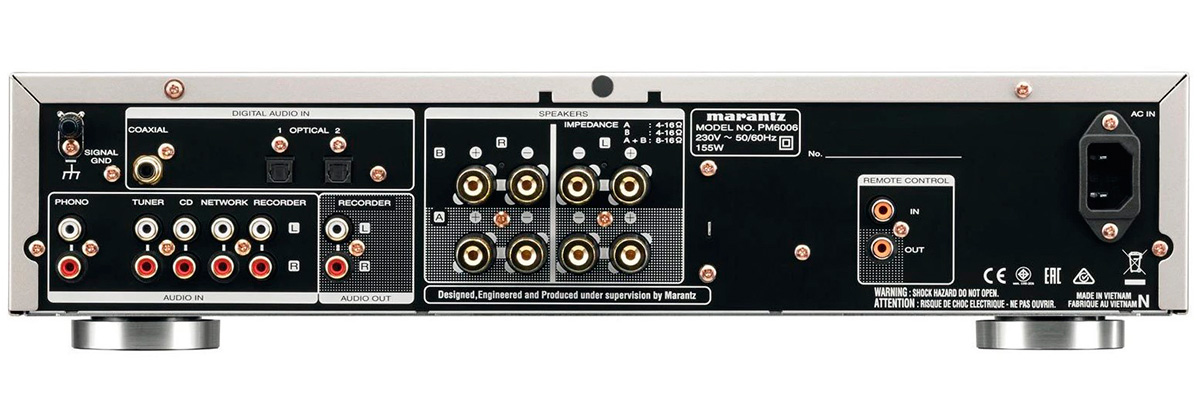
Amplifier Marantz PM6006 has a low body, and its front panel almost completely follows the design of the facade PM6005. In the center is a strip with LED diodes indicating the choice of source. Below is the Source Direct key to start the signal bypassing the tone block and adjust the balance, the key to select the speaker sets (A or B), and activate the Loudness function. Even lower are the tone and balance knobs. On the right is the volume control, on the left is the input selector. The facade also has a headphone jack and a power/standby button. The device is equipped with a universal remote control.
The Marantz PM6006 reviews confirm that the automatic data source selection feature is incredibly convenient. Selecting it is enough only once, and then the system will search for the connection itself. The context menu system is clear to everyone, and the calibration mode is also performed automatically. All users note that now you can get real pleasure from playback and, at the same time, do not spend a lot of time and effort on tuning. The instructions contain all the necessary recommendations, the implementation of which you can get true satisfaction from the reproduction.
Key specs
- Power output (RMS), W/Ohm: 90/8, 120/4
- Line level inputs (pair): 5
- Phono (MM) input: yes
- Subwoofer output: no
- Official website
- Full specs
Pros
- Marantz has a fundamental understanding of what looks good, especially when you stack a PM6006 on it and make your other friends jealous
- iDevice Management
Cons
- I've had issues with volume control because the remote is too sensitive and makes it difficult to fine-tune the volume
Rega Brio
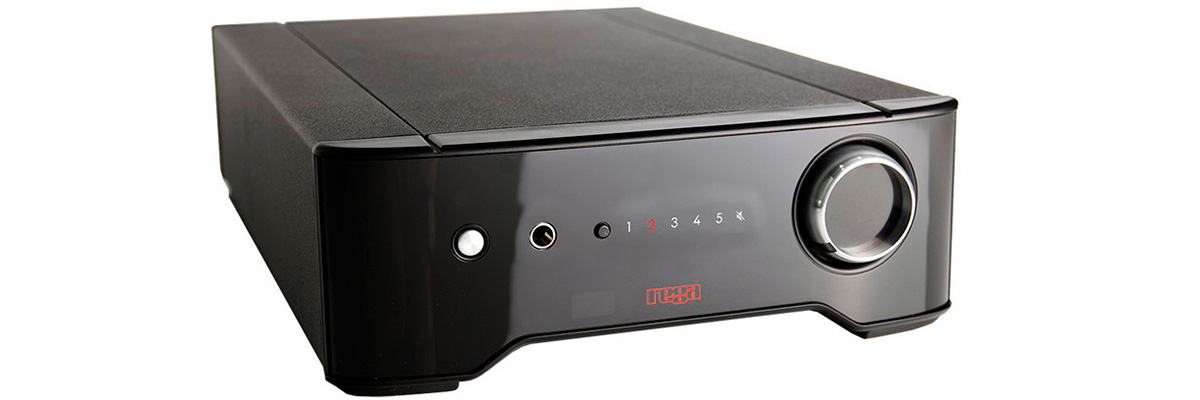
The range of the British company Rega recently replenished with components in the "half" format. Among them, there is a linear integral, inheriting the ideology of relatively inexpensive, but very musical amplifiers Brio.
The novelty that quickly began considered as one of the best budget integrated amplifier is notable for the way the body is made. It consists of two massive metal sidewalls (which at the same time serve as cooling radiators), which are connected by the lower and upper plates - this results in a rather monumental design, well protected from vibration. The front wall, judging by the texture, although made of plastic, but has a neat appearance and a fashionable mirror-black finish. The amplifier rests on large and high legs.
There are five inputs on the rear panel, one output to the recorder and standard universal speaker terminals. By the way, one of the inputs is designed for a vinyl turntable and connected to an RIAA corrector, the characteristics of which are optimal for MM type heads. Mandatory in such cases, the "earth" terminal is transferred to the bottom of the amplifier.
The unit produces 58W at 8 ohms. The manufacturer recommends using 8-ohm speakers with Brio, but a 4-ohm load is acceptable if conditions for normal heat dissipation are provided. 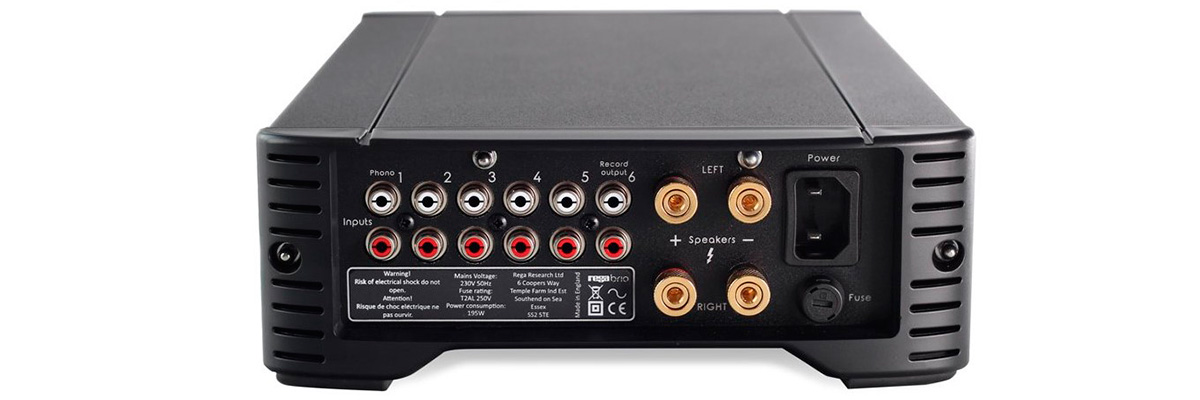
The novelty sounds both strongly and decently, without losing a single important musical detail. This is one of the best devices in the test for absolute dynamics, although it does not have a special explosive character, but captivates with specificity, clarity. The tonal balance is even, without obvious tint. The bottom is slightly weakened but differs in the filigree elaboration of all bass lines. The top is clear, clean, transistor aggression is almost not captured, although there is a hint. In the middle register, Brio generally sounds more like a tube amplifier - soft, rich, with a harmonious tonal pattern.
I would give the highest mark to the stage if all details were more bodily. There is everything - scale, depth, and exact localization, but the images lack flesh. With increasing volume, the ephemerality becomes less noticeable, but at high levels, the tonal pattern is already coarser and simpler. And at low levels, on the contrary - you get a ghost space. There are devices in which you do not want to touch the volume knob at all. This amplifier clearly belongs to those ones. Once I found one position, that's all - it remains to press Play to immerse yourself in musical nirvana.
Key specs
- Power output (RMS), W/Ohm: 50/8, 73/4
- Line level inputs (pair): 5
- Phono (MM) input: yes
- Subwoofer output: no
- Official website
- Full specs
Pros
- High antiresonance characteristics of the cases
- The ability to connect a vinyl player
- The presence of a USB-DAC for high-quality playback of files from external drives
Cons
- No digital inputs
Cambridge Audio CXA60
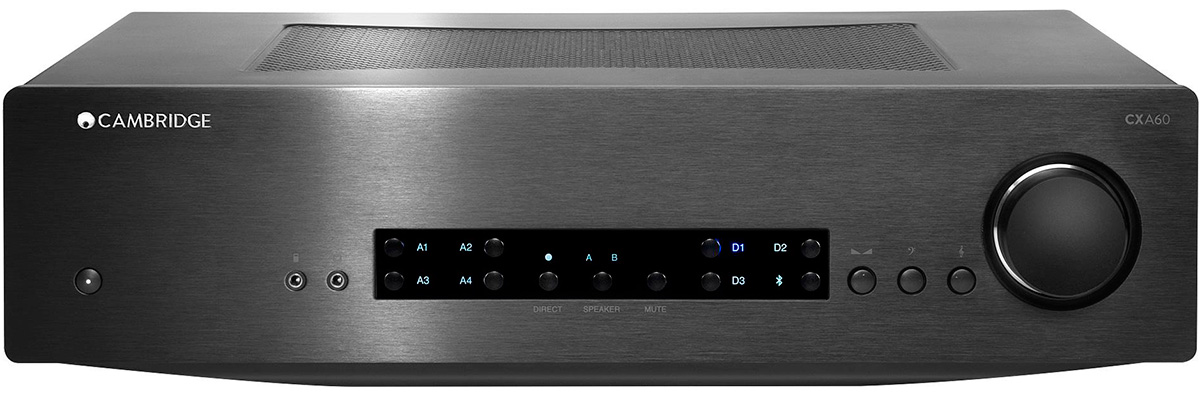
The Cambridge Audio CXA60 integrated amplifier is made in a metal case with an aluminum front panel of considerable thickness. In its center is the control and display unit, and the handle on the right is designed to perform several functions. In addition to the large volume control knob based on the variable Alps resistor, there are also miniature stereo balance and timbre controls in the low and high frequencies. On the opposite side on the front panel, there is a headphone jack and an additional input for portable sources on the mini-jack. The amplifier is equipped with remote control.
The amplifier is equipped with a massive toroidal transformer of the audiophile class, which is mounted in the center of the anti-resonant chassis. The device operates in A / B class, which involves significant heating of its output stages. For the most effective cooling, they are mounted on massive radiators, separate for the left and right channels. Cambridge Audio CXA 60 develops the power of 30W with a load resistance of 8 ohms, which indicates a high output current of the device. Thus, the device will cope with the work of speakers with a complex impedance characteristic. The entire amplifier circuit is symmetrical to better separate stereo channels and minimizes crosstalk. 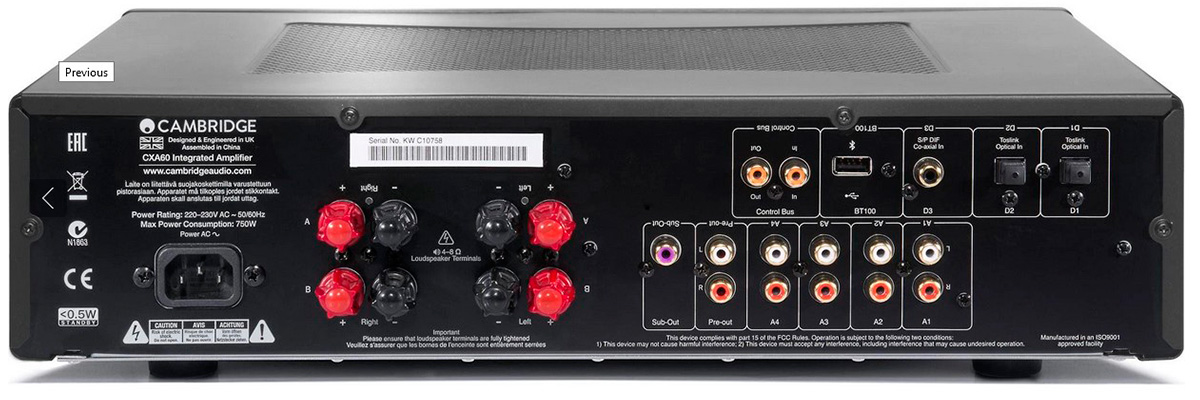
The Cambridge Audio CXA 60 is equipped with inputs for five linear signal sources (four inputs on the RCA connectors on the rear panel and one on the 3.5 mm mini-jack connector on the front), as well as optical and coaxial inputs. The built-in DAC of the amplifier is based on the Wolfson WM8740 chip and is capable of receiving a signal with parameters up to 24 bit / 192 kHz. In addition, the device has a USB connector, to which you can connect the BT100 Bluetooth receiver (sold separately), with support for the improved aptX audio codec. Using reliable screw terminals, you can connect two pairs of speakers to the amplifier, the selection of which is done using the buttons on the front panel. Also, the CXA 60 is equipped with an output from the preamplifier, and a connector for connecting an active subwoofer.
Key specs
- Power output (RMS), W/Ohm:
- Line level inputs (pair): 4
- Phono (MM) input: no
- Subwoofer output: yes
- Official website
- Full specs
Pros
- Energetic, detailed and rhythmically impeccable sound is very pleasant for hearing
- The strong and thoughtful remote control will quickly become your indispensable assistant
Cons
- No bluetooth module
-

Yamaha A-S801
- Yamaha
- | 1000
- 378
-
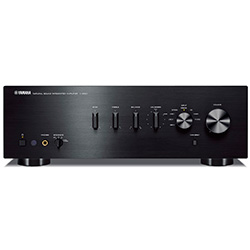
Yamaha A-S501
- Yamaha
- | 600
- 378
-
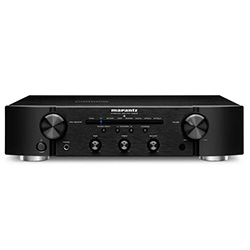
Marantz PM6006
- Marantz
- | 700
- 246
-
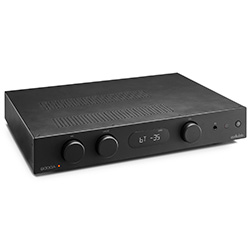
Audiolab 6000A
- Audiolab
- | 1000
- 3
-
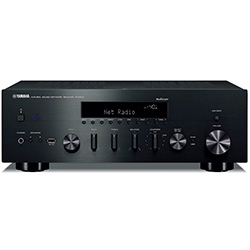
Yamaha R-N602
- Yamaha
- | 700
- 49
-
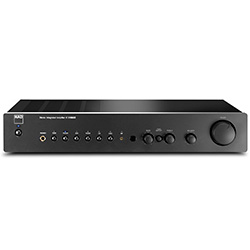
NAD C 316BEE
- NAD
- | 500
- 67
-

NAD D 3020 V2
- NAD
- | 500
- 113
-
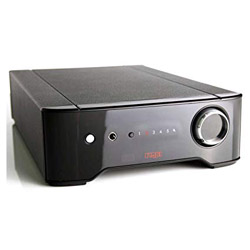
Rega Brio
- Rega
- | 1000
- 23
-
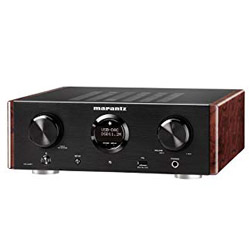
Marantz HD-AMP1
- Marantz
- | 800
- 34
-
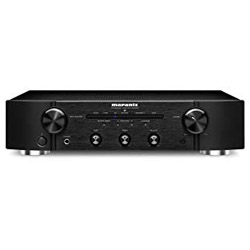
Marantz PM5005
- Marantz
- | 500
- 47
-
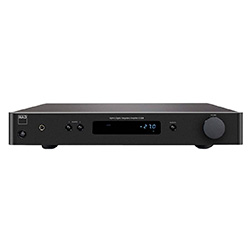
NAD C338
- NAD
- | 700
- 12
-
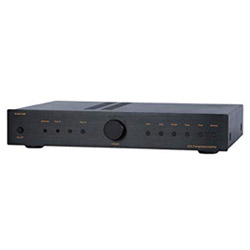
Music Hall A15.3
- Music Hall
- | 600
- 19
-

Rega io
- Rega
- | 600
-

Marantz PM6007
- Marantz
- | 700
Popular integrated amplifier comparisons
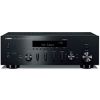
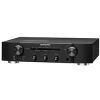
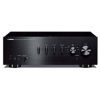
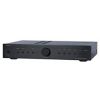


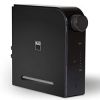

Recent reviews

